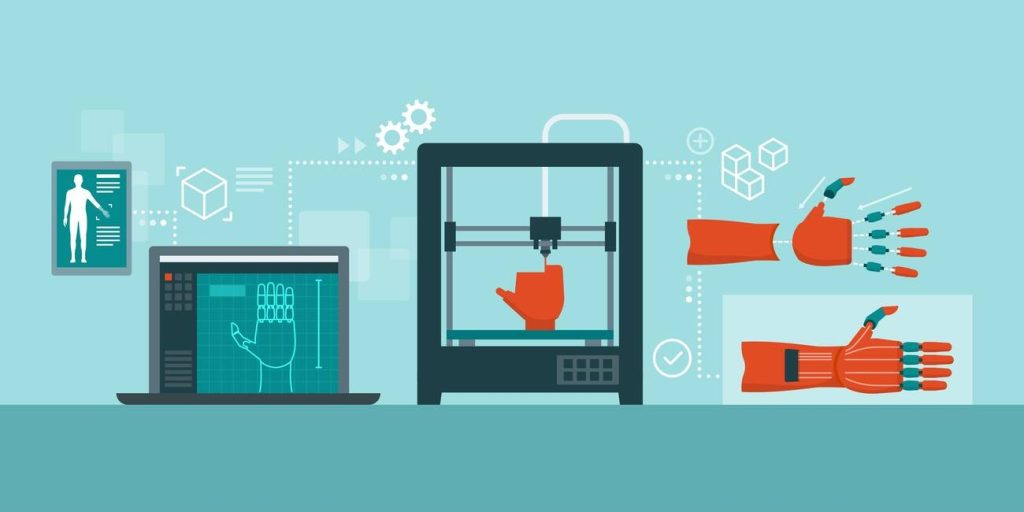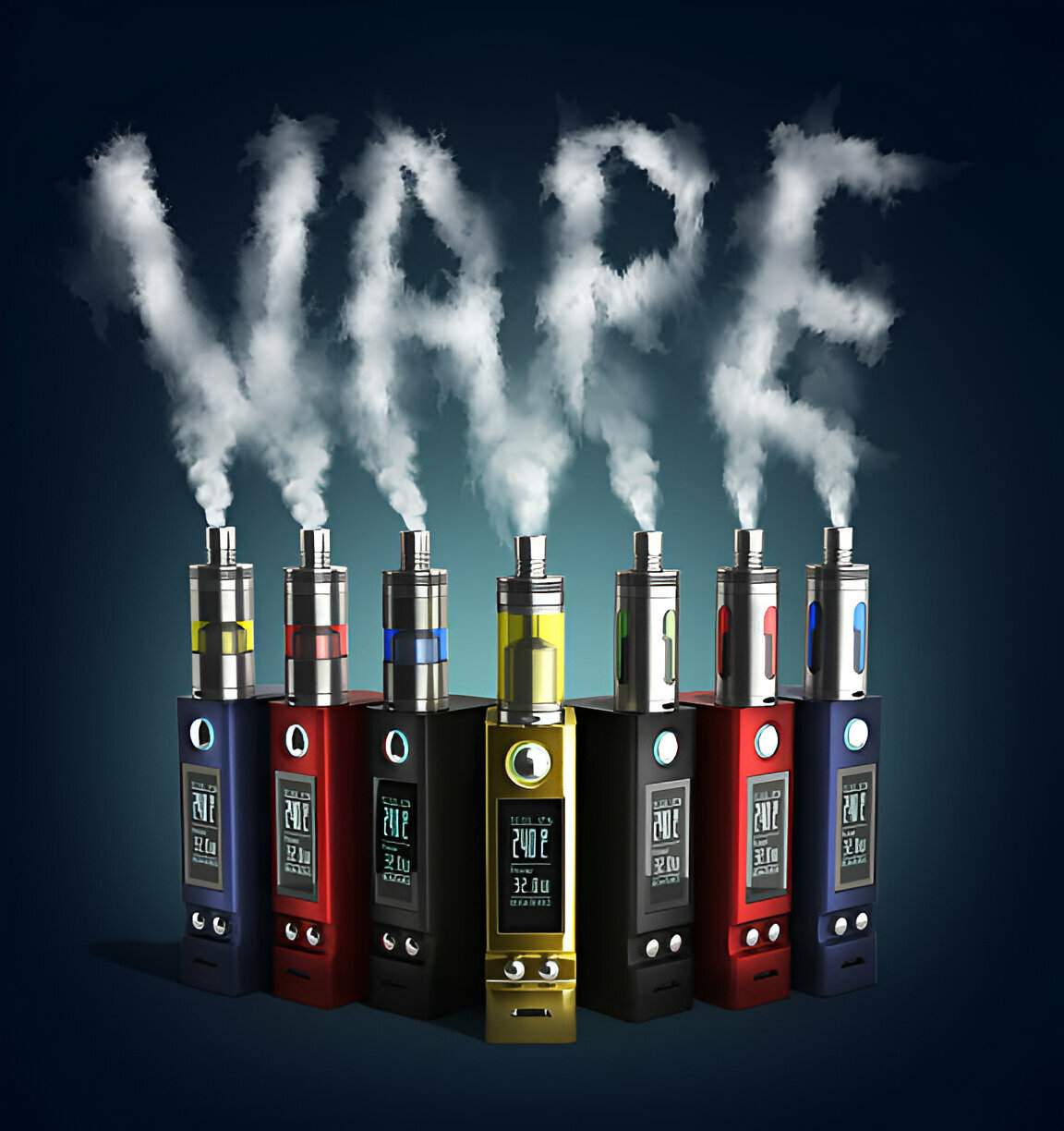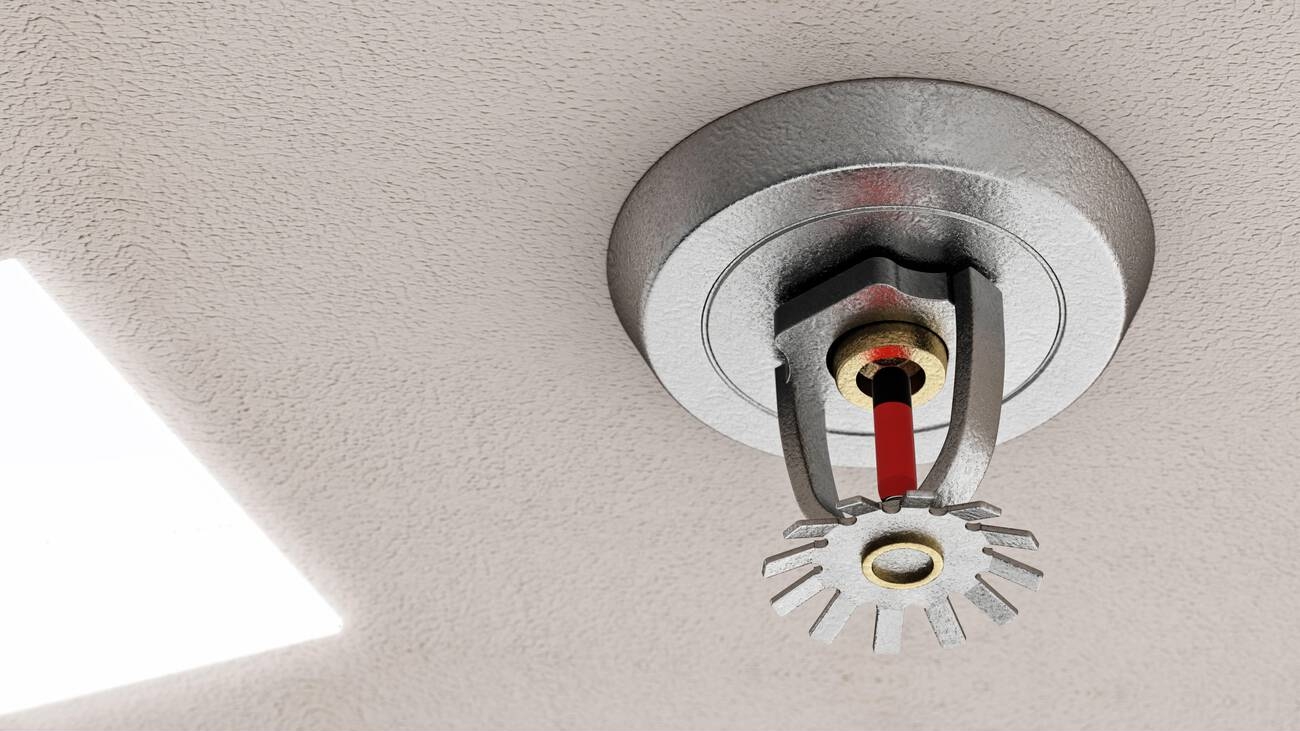Are you curious about the FDA regulations on 3D printing in the medical field? Well, look no further! In this article, we’ll walk you through everything you need to know. From the FDA’s crucial role in regulating medical devices produced through 3D printing technology to their draft guidance on additive manufactured devices, we’ll cover it all. We’ll also discuss the challenges and areas that require clarification in the FDA’s framework for 3D-printed point-of-care devices. So, let’s dive in and explore this fascinating topic together!
Overview of FDA Regulations on 3D Printing
The FDA’s role in regulating 3D printing in medical devices is to provide guidance and regulations for manufacturers, ensuring the safety and effectiveness of these devices through regulatory oversight. With the advancements in 3D printing technology, its applications in healthcare have expanded significantly. From medicine to dentistry, 3D printing has made a significant impact in the medical field. The FDA recognizes this potential and aims to ensure that these devices meet high standards for patient safety and efficacy. By collaborating with organizations like ASTM International and America Makes, the FDA stays at the forefront of technological advancements. Manufacturers should refer to FDA guidance and adhere to quality systems regulations to ensure compliance with regulatory requirements. Through their efforts, the FDA plays a crucial role in promoting innovation while safeguarding patient health in the growing field of 3D printing in medicine.
FDA’s Role in Regulating 3D Printed Medical Devices
Make sure to adhere to the guidance and regulations provided by the FDA when manufacturing 3D printed medical devices. The FDA plays a crucial role in regulating the production of these devices, ensuring their safety and effectiveness. By collaborating with organizations like ASTM International and America Makes, the FDA works towards advancing 3D printing technology in the medical field. Compliance with FDA guidance and quality systems regulations is essential for manufacturers.
Here is a table summarizing some keywords related to 3D printing:
| d printing filament | d printing for beginners |
|---|---|
| d printing files free | d printing fdm |
| d printing industry |
Following these guidelines will help you navigate the regulatory landscape and ensure that your 3D printed medical devices meet all necessary requirements set forth by the FDA.
FDA’s Regulatory Requirements for 3D Printed Medical Devices
Adherence to FDA guidance and quality systems regulations is crucial for ensuring the compliance of 3D printed medical devices with regulatory requirements. When it comes to 3D printing, there are various aspects to consider, such as d printing food, d printing filament types, d printing for dummies, d printing for kids, and d printing files. The FDA has established regulatory requirements for 3D printed medical devices based on their classification. Most Class I devices are exempt from Premarket Notification 510(k), while most Class II devices require it and most Class III devices require Premarket Approval. To meet these requirements, manufacturers should refer to the FDA’s draft guidance on additive manufactured devices, which provides recommendations for design, manufacturing, and testing considerations. Compliance with these guidelines is essential for ensuring the safety and effectiveness of 3D printed medical devices in today’s evolving healthcare landscape.
FDA’s Draft Guidance on Additive Manufactured Devices
Developers of 3D printed medical devices can find technical insights and recommendations for device design, manufacturing, and testing considerations in the FDA’s draft guidance on additive manufactured devices. This guidance provides valuable information for those involved in the development of 3D printed medical devices. It covers various aspects such as device design, manufacturing processes, and testing requirements. For example, it addresses issues like d printing infill and d printing file types that are important for ensuring the quality and safety of these devices. Additionally, the guidance offers ideas on how to overcome common challenges faced during the manufacturing process. By following this guidance, developers can navigate through regulatory requirements more effectively and produce high-quality 3D printed medical devices that meet FDA standards.
Design and Manufacturing Considerations for 3D Printed Devices
Manufacturers should refer to the FDA’s draft guidance on additive manufactured devices for valuable insights and recommendations on device design and manufacturing considerations when developing 3D printed medical devices. Here are three important things to consider:
- Design Optimization: The FDA’s guidance provides recommendations on optimizing the design of 3D printed medical devices. This includes ensuring proper fit, functionality, and durability of the device.
- Material Selection: Choosing the right materials is crucial for 3D printing medical devices. Consider factors such as biocompatibility, mechanical properties, and sterilization requirements when selecting materials.
- Quality Control: Implementing robust quality control processes is essential in manufacturing 3D printed medical devices. This includes monitoring print parameters, performing post-processing steps like cleaning and sterilization, and conducting thorough testing to ensure device safety and performance.
Device Testing Considerations for 3D Printed Devices
When testing your 3D printed medical devices, ensure that you provide relevant data and information in your submissions to demonstrate their safety and effectiveness. It is essential to comply with FDA’s regulatory requirements for device testing considerations. The draft guidance on additive manufactured devices provides valuable insights into meeting these requirements. In addition, the guidance covers technical considerations for fulfilling Quality System (QS) requirements, which are crucial for ensuring the quality and safety of 3D printed medical devices.
To assist you in understanding the testing requirements, here is a table summarizing various aspects related to 3D printing:
| Aspects | Keywords |
|---|---|
| d printing fairfax county library | Testing resources |
| d printing images | Imaging techniques |
| d printing infill patterns | Material density |
| d printing ironing | Surface finishing |
| d printing in space | Zero gravity testing conditions |
Contacting the FDA for Clarification and Assistance
If you have any questions or need clarification regarding regulations and policies for 3D printed medical devices, don’t hesitate to contact the FDA’s Division of Industry and Consumer Education (DICE) for assistance. Here are three reasons why reaching out to DICE can be beneficial:
- Expert Guidance: DICE is staffed with knowledgeable professionals who can provide guidance on FDA regulations and policies related to 3D printed medical devices. They can help answer your questions and ensure that you understand the requirements.
- Compliance Assistance: DICE can assist you in understanding and complying with FDA regulations specific to 3D printing technology. They can help navigate the regulatory landscape, ensuring that your devices meet all necessary standards.
- Regulatory Updates: DICE stays up-to-date with the latest developments in FDA regulations for 3D printed medical devices. By contacting them, you can stay informed about any changes or updates that may affect your manufacturing processes.
Don’t hesitate to reach out to DICE for assistance in navigating FDA regulations for 3D printed medical devices.
Background and Current FDA Oversight of 3d-Printed Medical Products
Now that you have learned about contacting the FDA for clarification and assistance, let’s delve into the background and current FDA oversight of 3D-printed medical products. The FDA plays a crucial role in ensuring the safety and effectiveness of these innovative devices. They define 3D printing in medicine and establish regulatory classes for different products. The agency also oversees the manufacturing process and output of 3D printers to maintain quality standards.
However, there are challenges with the FDA’s draft framework for 3DPOC devices. Lack of details and clarity, ambiguous regulations, and potential resource limitations pose obstacles to effective oversight. To address these issues, it is recommended that the FDA provides clear guidance for all stakeholders involved in 3DPOC, develops regulations for high-risk products, and enhances oversight through premarket review, postmarket surveillance, and facility inspections.
Despite these challenges, there are significant benefits to 3DPOC such as customization of medical products for individual patients’ needs. However, risks associated with improperly designed or used devices highlight the importance of clear federal guidance and oversight.
In their emerging approach to 3DPOC, the FDA aims to facilitate on-demand decentralized manufacturing based on patient data. They are developing a regulatory framework while addressing issues related to reimbursement for 3D-printed products in patient care.
To summarize:
|Background|Current Oversight|Challenges|
|-|-|-|
|Definition of 3D printing in medicine|Regulatory classes established by FDA|Lack of details and clarity|
|FDA’s role in ensuring safety & effectiveness|Oversight of manufacturing process & output|Ambiguity in defining risks & regulations|
||Collaboration with medical societies & accrediting organizations||
||Enhanced oversight through premarket review & facility inspections||
Challenges With Fda’s Draft Framework for 3DPOC Devices
To understand the challenges with the FDA’s draft framework for 3DPOC devices, you should consider the lack of details and clarity in defining risks and regulations for different products. Here are three specific challenges to consider:
- Lack of Details: The draft framework does not provide sufficient information on specific requirements and guidelines for manufacturers of 3DPOC devices. This lack of details makes it difficult for manufacturers to fully understand what is expected of them in terms of quality control, testing, and safety standards.
- Ambiguity in Defining Risks: The draft framework fails to clearly define the potential risks associated with 3DPOC devices. Without a clear understanding of these risks, manufacturers may struggle to develop appropriate strategies for mitigating them and ensuring patient safety.
- Unclear Regulations: The draft framework does not provide clear guidance on the regulatory requirements that apply to health care facilities and device companies utilizing 3DPOC technology. This lack of clarity can lead to confusion and uncertainty about compliance obligations, potentially hindering innovation and adoption of this technology.
Overall, these challenges highlight the need for further refinement and clarification in the FDA’s approach to regulating 3DPOC devices in order to ensure patient safety while promoting technological advancements in healthcare.
Recommendations for FDA in Regulating 3D Printing
For a clearer regulatory framework and effective oversight, the FDA should collaborate with medical societies and accrediting organizations in addition to issuing official guidance and regulations quickly. By working together with these entities, the FDA can gain valuable insights from experts in the field and ensure that the regulations are comprehensive and up-to-date. Collaborating with medical societies will allow the FDA to tap into their knowledge and experience, helping to address any gaps or challenges in the regulatory process. Similarly, partnering with accrediting organizations will enable the FDA to leverage their expertise in setting standards for quality assurance and patient safety. By issuing official guidance and regulations promptly, the FDA can provide clear direction to manufacturers and healthcare professionals, ensuring that they are aware of their responsibilities and obligations when it comes to 3D printing in medical devices.



